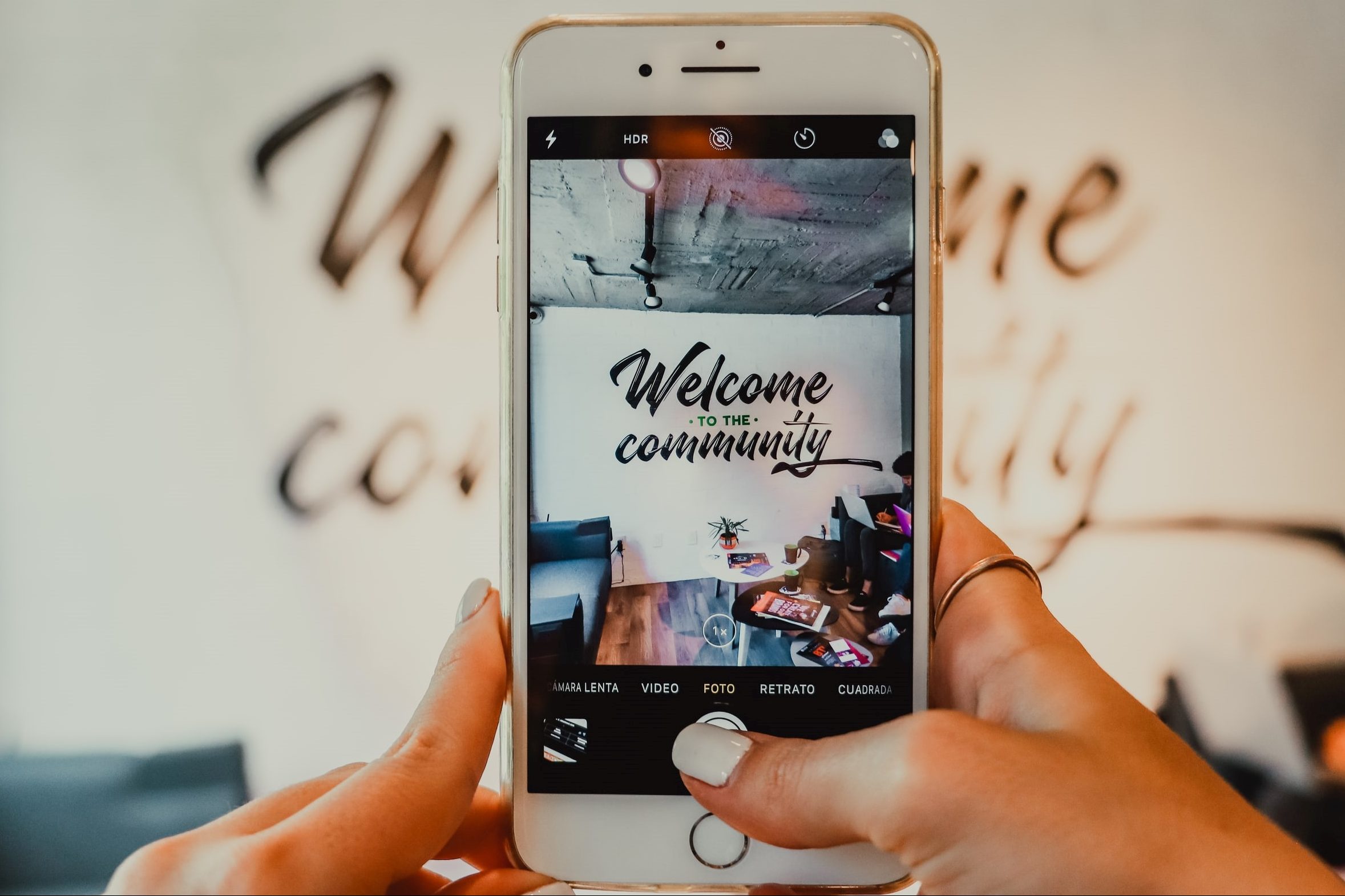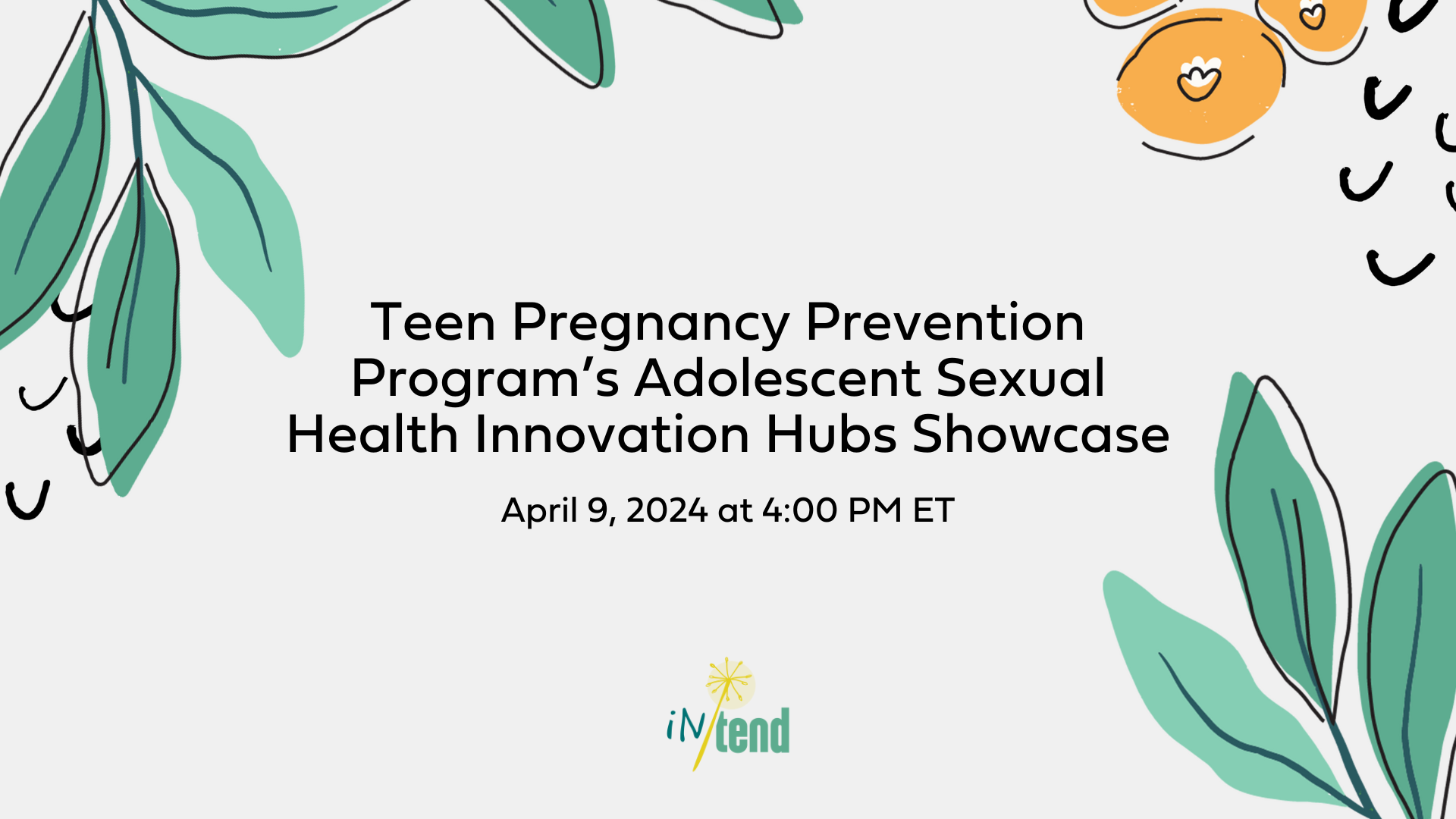In the midst of a global pandemic, it’s nearly impossible to get people to gather in-person. The good news is that you can still elevate the voice of your participants through digital focus groups.
Many of us are used to looking to focus groups as a way to learn more about our priority populations. In the midst of a global pandemic, though, it’s gotten harder to do these activities in person. The good news is that you can still elevate the voice of your participants through digital focus groups.
Want to learn more about how to recruit and select your participants, or set up your group to ensure equal access for all your participants? Whether you want a structured training, an informal series of TA sessions, or just a quick phone call, we can help!
Digital focus groups replicate the experience of traditional face-to-face groups, going online. And there are many advantages over traditional focus group interactions:
1. Time to Process and Respond
Rather than engaging the participants for a set number of minutes, this asynchronous discussion can take place over the course of a few days, giving participants space and time to process and respond to the questions.
2. Opportunities for All to Engage
Digital focus groups engage all participants equally, give voice to otherwise quieter participants, and provide the same space and discussion opportunity to all. The anonymous nature of these groups can allow participants to express themselves more freely, provide rich detailed responses, and avoid the power dynamics that are present in face-to-face interactions.
3. Representative of Your Community
With a carefully planned recruitment and screening process, you can make sure you select participants more likely to make valuable contributions to the discussion and are representative of your community.
4. Youth-Friendly
Digital discussion groups are also more aligned with how young people communicate with each other. Many adolescents and young adults spend more time communicating through digital technology and social media than through face-to-face interactions.
5. Convenience
Digital focus groups can be more convenient and support engaging participants who otherwise may not have the time or ability to physically attend a face-to-face session. This is particularly relevant for hard to reach populations, such as Spanish-speakers and transgender women. From the facilitator’s perspective, they can schedule and run several groups simultaneously, and avoid problems with participants not showing up for the group discussion.
These conditions can render rich and insightful discussions in digital focus groups. At Healthy Teen Network, we’ve had tremendous success conducting digital focus groups with young people as well as parents to discuss a variety of sexual health issues.
Want to learn more about how to recruit and select your participants, or set up your group to ensure equal access for all your participants? Whether you want a structured training, an informal series of TA sessions, or just a quick phone call, we can help!Let’s Talk








